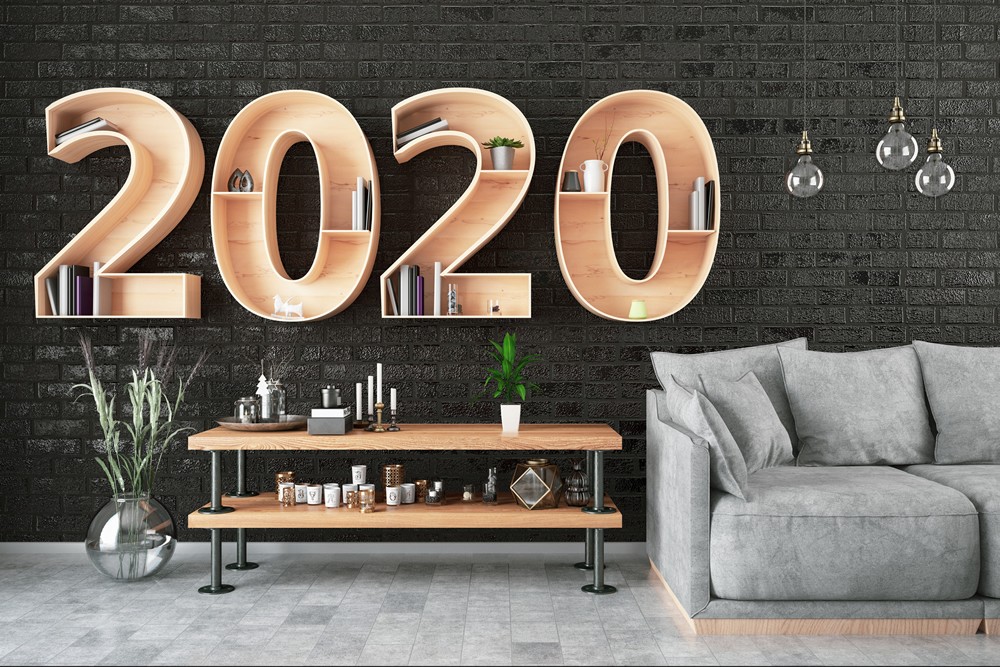How to Buy a Home When You Don’t Have a Large Down Payment & Avoid a Top Ramen Diet in the Process
If you are like most people, then your parents probably have some extraordinary story about struggle. It usually begins with, “well, in my day” and ends with “you have it so easy!” Some walked five miles uphill in the snow each way to school, some had three jobs at age 12, and others found addresses without the use of the Internet or cell phones! Unbelievable, right?! One other fable you probably have heard, is the old down payment standard of 20%. Ask your parents and they will tell you to eat Top Ramen and save, or worse, move back in with them! Ask us, and we’ll tell you about some programs they didn’t have back in your parent’s day.
For decades, a large down payment was the key to getting a great interest rate and led to an easier path to loan approval. While a 20% down payment isn’t rare, it most definitely isn’t the only option out there. Read below for some great loan options that will allow you to finance a home without the heralded 20% down. And yes, you just might be able to avoid that Top Ramen diet.
Mortgage Insurance Conventional Style
A conventional loan will require private mortgage insurance (PMI) if the mortgage, A.K.A loan amount, is greater than 80% of the appraised value of the home. A private mortgage insurance policy is an actual insurance policy typically paid for by the borrower(s), in favor of the lenders, provided by private insurance companies, covering the difference between what would be the 20% down and the amount the borrower(s) actually used as a down payment. Typically borrower(s) pay PMI in monthly premiums (listed on your Loan Estimate & Closing Disclosure on page 1; projected payments section) in addition to their mortgage payment, or one could elect to pay their PMI in one up front premium (listed on your Loan Estimate & Closing Disclosure on page 2; Sec B). PMI amounts will vary based upon a variety of factors such as, but not limited to, credit score, type of property, and type of loan. It’s best to let you loan officer walk you through your options to help you determine which course of action is best for you.
Buck that PMI!
Another option in lieu of PMI is to carry a second mortgage behind the first, known as the 80-10-10 mortgage. This loan structure keeps the first mortgage at 80% of the sales price, a second mortgage at 10% of the sales price, and the remaining 10% down provided by the borrower(s). This same loan structure works with a 5% down payment, and is known as an 80-15-5. Your loan officer will help you decide which option fits your particular situation.
The good news about PMI… it isn’t always needed for the life of the loan. There are lender approved allowances where PMI is no longer needed, yet this is typically done on a case-by-case basis. Normally you can drop your PMI when the mortgage principal is at least 80% of the current market value of the home (this requires a new appraisal). This is done through a refinance, or at the borrower(s) direct request to reevaluate the property value for the purpose of removing mortgage insurance. Each loan situation is different, so it’s always best to consult your loan officer with specific questions about removing PMI.
Uncle Sam’s Options
There are three primary government-backed mortgage programs that require little to nothing down in regards to a down payment: the Federal Housing Administration’s (FHA) mortgage program, the VA loan and the USDA Mortgage.
Today, the minimum down payment for an FHA loan is 3.5% of the sales price of the home in question. To balance out this offer, the FHA requires two types of mortgage insurance, and both are paid for by the borrower(s). There is an upfront mortgage insurance premium—which can be rolled into the loan amount—and an annual premium paid in monthly installments. The upfront premium is 1.75% of the purchase price while the annual premium is 0.8% of the loan balance.
Generally, a VA loan is a no down financing option issued to veterans of the armed forces, service personnel with at least 181 days of service, National Guard and Armed Forces Reserve members, veterans with at least six years of service, and surviving spouses of veterans who died in service or from a service-related disability. VA loans generally don’t have a monthly mortgage insurance premium, but for first time users on a 30 year loan there’s a funding fee of 2.15% of the sales price required. This funding fee is rolled into the loan amount instead of being paid for out of pocket.
Last but not least, the USDA Mortgage. The United States Department of Agriculture (USDA), created a no money down financing option with very competitive rates in an effort to boost home ownership in rural and semi-rural areas. The borrower’s income cannot exceed 115% of the median household income for the rural area in question, the rate must be fixed and the subject property must be in an eligible zone as indicated by the USDA. The USDA loan also has an upfront mortgage insurance fee in addition to a monthly payment to a mortgage insurance pool. The USDA loan isn’t for everyone but, with the right fit, the program is hard to beat for someone needing a loan requiring no money down.
The fact is, there are options available for those with little to no money available for a down payment, and what’s even better, most mortgage lenders offer the programs described above. If you plan on buying a home with a larger down payment – more power to you! Just remember, you don’t have to put that much money down to get a competitive mortgage rate that meets your personal requirements and helps you avoid eating Top Ramen in your parent’s basement for the foreseeable future.
*Please note all pricing, percentages and fees are subject to change and are based on personal circumstances. The use of hypothetical statements are meant to illustrate possible outcomes, and are not intended to be assurance of qualifying for a loan, or a statement of facts.
Recent Posts
203K
How Much Home Can You Afford?
February 17, 2016
 Knowing what you can realistically afford is an important first step to buying a home. One of the mistakes people commonly make when home searching…
Knowing what you can realistically afford is an important first step to buying a home. One of the mistakes people commonly make when home searching…
HOME OWNERSHIP TIPS
Pre-Qualification vs Pre-Approval – What’s the difference?
February 17, 2016
 What Are the Differences in Mortgage Pre-Qualification and Pre-Approval? When you’re considering buying a home, there are two terms you’ll hear, both of which are…
What Are the Differences in Mortgage Pre-Qualification and Pre-Approval? When you’re considering buying a home, there are two terms you’ll hear, both of which are…
HOME OWNERSHIP TIPS
20 Down Payment Saving Tips for 2020
February 17, 2016
 Buying your first home can seem like an insurmountable goal, especially if your expenses are already high
Buying your first home can seem like an insurmountable goal, especially if your expenses are already high
HOME OWNERSHIP TIPS
New Year’s Resolutions for Your Home
February 17, 2016
 New Year’s Resolutions for Your Home Making a New Year’s resolution is nothing new. Most of us have done it at one time or another.…
New Year’s Resolutions for Your Home Making a New Year’s resolution is nothing new. Most of us have done it at one time or another.…
